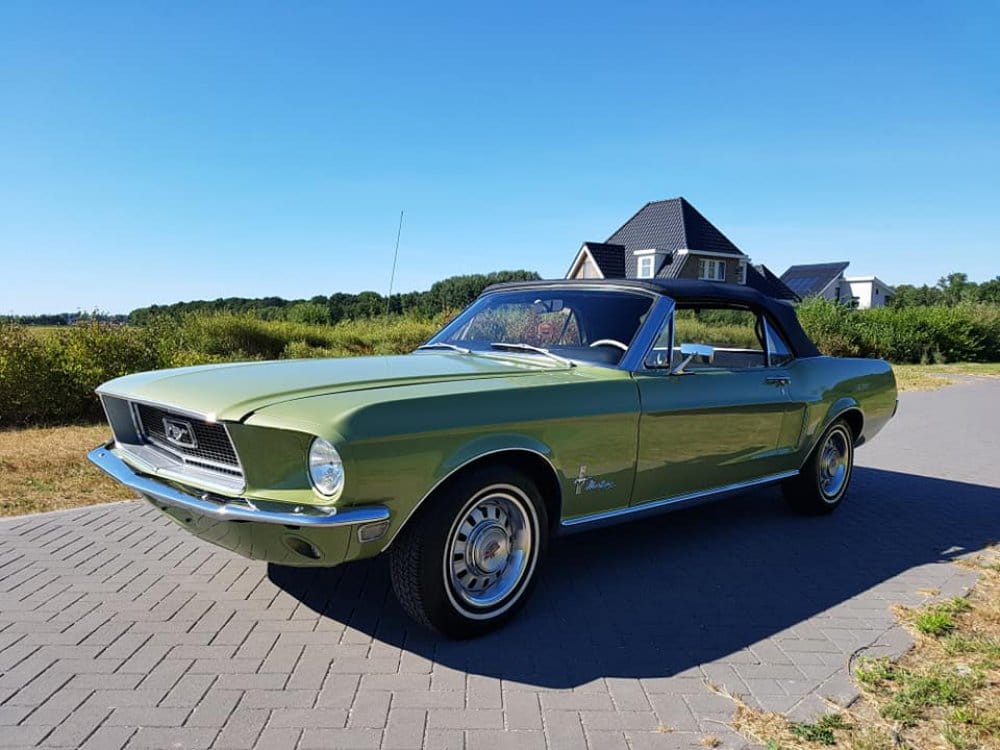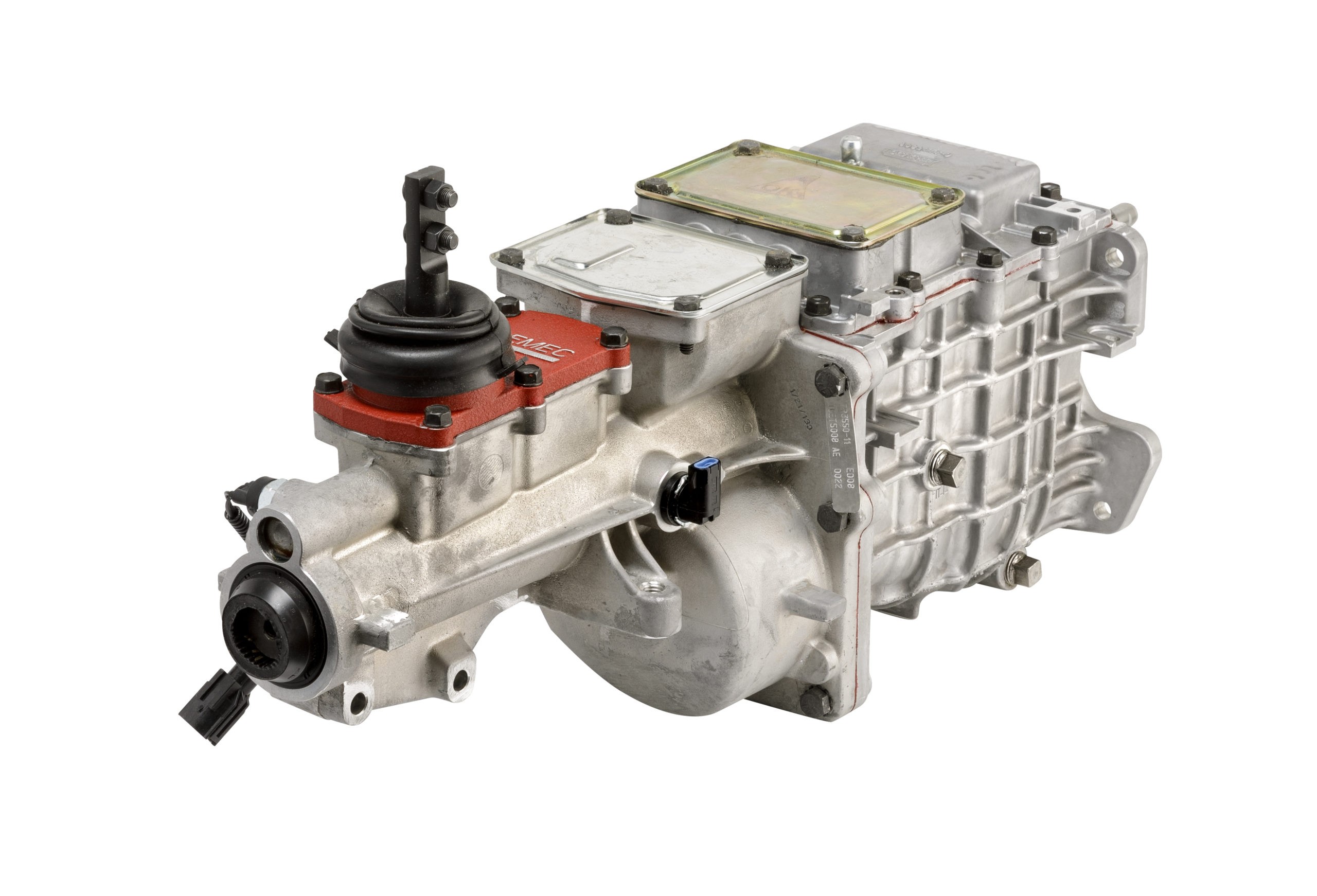If you’re thinking about upgrading your muscle car or hot rod to an overdrive manual transmission, one of the key questions you’re probably pondering is, “Should I choose the TREMEC TKO 5-speed or TREMEC Magnum 6-speed?” It’s a question that customers ask us all the time.
Welcome to TREMEC. We invite you to look inside to see how our feature-rich torque transfer solutions can meet your drivetrain requirements. Featured Product. TR-9080 DCT 8-speed dual clutch transmission: Designed as the sole transmission for the 2020 Chevrolet Corvette Stingray. The All New TREMEC TKX 5-Speed! TCET18086 Ford 10-Spline.72 5th Gear Tremec TCET18086 TKX 5-speed manual transmission for Ford applications. Bolts up to a standard Ford Toploader bellhousing or use a Quicktime bellhousing.
People often evaluate the TKO and Magnum only in “5-speed vs. 6-speed” context, which we think is 100 percent the wrong way to approach the decision. The two transmissions use completely different architectures, and, not surprisingly, have several unique characteristics that set them apart.
The TKO 5-speed is an early top-loader–style transmission rated for up to 600 lb-ft of torque capacity, and it can be reliably shifted at engine speeds up to 6,200 rpm. This tends to be suitable for the vast majority of 4-to-5-speed conversions. It is ideal for having something stronger than the car’s factory transmission and for adding overdrive to lower engine rpm at highway speeds.
Tremec 5 Speed Chevy
The 600 lb-ft capacity is plenty for most performance cars in the real world. Not everyone makes a million horsepower. The 6,200-rpm shift-rating is ideal for a wide range of early cam-in-block engines: small- and big-block Chevys, Chrysler LA engines, Ford FEs, Windsors and Clevelands, and just about any B.O.P. engine.
Additionally, because the TKO is available in early Ford and GM 4-speed bolt patterns, you can typically save a bundle by reusing the existing bellhousing and linkage, if desired.
Finally, the TKO is not that much larger than the typical 4-speed manual transmissions it commonly replaces, so it will fit in many classic muscle cars without modifications to the floor.



The Magnum 6-speed, on the other hand, requires a lot of new hardware to make the same adaptation because of its T-56–style bolt pattern on the front. The Magnum is also much larger, requiring floorpan modifications to fit in nearly all 1972 and older cars, and even many 1970s and 1980s vehicles.
Unlike the TKO’s top-loader design, the Magnum uses a more modern end-loader design, which first became popular in American cars with the advent of the original Borg-Warner T-56. Having no top or side cover to serve as a void in the structure makes it superior from the standpoint of how it handles torsional loads.
In fact, nearly everything about the Magnum is superior to the TKO. The Magnum uses a single rail-shift mechanism (as opposed to the multi-rail TKO) and multiple-cone synchronizers (the TKO has single-cone brass), and it has a larger center distance (meaning larger diameter gears). As a derivative of the current-production TR-6060, the Magnum is much more indicative of the transmissions we build for today’s OEM muscle cars. It can handle more torque (easily, 700 lb-ft) and engine rpm (up to 7,800) and does so with much better shift quality.
There can be a slight trade-off when something is engineered more for shift-feel than for durability (TKOs weren’t engineered for Cadillacs; thus, are unapologetically robust), but that is a conversation for another time. Generally speaking, especially when it’s being used behind a modern engine (LS, Coyote, Gen-III Hemi), the Magnum is the way to go because of its smoothness, higher rpm shifting ability and higher torque capability.
One last point, and it pertains to the available overdrive ratios. When it comes to the single and double overdrive TKO and Magnum, respectively, people may automatically assume that the Magnum overdrive is deeper since it’s a 6-speed. That’s not necessarily accurate.
While it’s true that you can have a Magnum with very long-legged .74/.50 double-overdrive ratios, few classic vehicles can make use of a .50 overdrive, so most folks go the route of the .80/.63 pairing. Conversely, in a TKO, you have to choose between .82 and .64 overdrive ratios. Most go with the .64 for highway cruising. One more advantage for the Magnum, though: A .80/.63 in a Magnum is kind of like getting both TKO overdrive ratios in one! The .80 is excellent for top-end pulling power and for easy cruises down a 55-mph two-lane highway, and the .63 is fantastic for 70-plus mph down the interstate.
To recap:
TKO – strong and swap-friendly with overdrive. It’s far nicer than any Muncie or A833 that it might replace. However, it does not achieve the same level of refinement nor capability as the Magnum.
Magnum – top-choice in all areas. Although, since it is larger, it requires floor modifications in many early retrofit applications. Also, it is more expensive.
The good news is that neither option is bad. The key is to pick the right transmission for you, your car and how you want to use it. If a TKO will do what you’re looking for 95 percent of the time, and you’re okay with that, then go for it! If you want to twist your LS up to 7,000 rpm and shift like a hero, then the Magnum is a better choice. Do what works for you!
Tremec 5 Speed 1956 Chevy Install
You can find information on both of these transmissions at TREMEC.com, and you can also call us at 800-401-9866 or contact one of our authorized distributors for more information.
